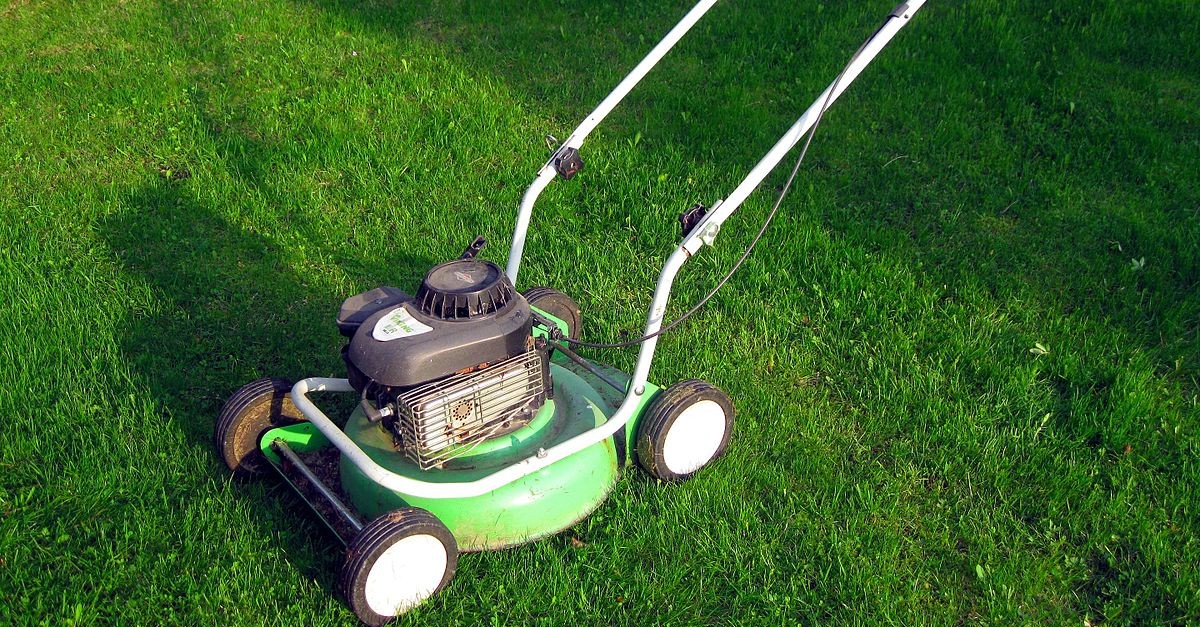Last week I FINALLY got my 16-year-old nephew to agree to a chore. I told him that his lawn needed to be mowed and that it would be really nice and mature if he offered to take care of it. After all, his family had a really fun riding lawnmower and a fairly small yard.
Although he didn’t offer right away, he reluctantly asked his mom after a bit of prodding by me. My sister responded enthusiastically but admitted she needed to take the mower out of the shed (where it spent the winter).
And so, somewhat relieved that he didn’t need to do any work for now, my nephew ran off to his room. A couple days passed, and I asked my sister if he ever mowed the lawn. She said, “I did it yesterday.”
So, what’s the point of this story? A little time spent up front, teaching our students or children a skill will save us time down the road, AND it passes on a skill or ability to another person. I believe in this modified quote, “If you want a job done right, do it yourself. But if you want your students to learn and grow, you have to let them do it – even if it means making lots of mistakes along the way!”
Invite the Challenge
As teachers, it’s truly important that we identify the skills we want our students to learn, and then offer them opportunities to practice those skills. It’s fine if we want to scaffold that learning by having them watch us, then try it with our help, and finally do it on their own. But the key is that they need to be expected to learn these skills, provided time to practice these skills, and given feedback on their progress towards these skills.
As a fourth and fifth grade teacher, I “trained” my students to run our classroom. Although I planned the lessons, created a schedule, and taught most of the content, my students handled transitions, made announcements, gave each other feedback, and stopped what they were doing to help someone else who needed it. They even taught mini lessons to those who wanted to learn them.
This student-led classroom didn’t happen overnight or by accident, but it happened because my students and I worked hard to master the routines. If we believe a task is too complex or difficult for a student, we shouldn’t automatically do it for them, but instead we should gradually release responsibility to them as we have them take on more and more responsibility for the task. Otherwise, we maintain low expectations and our children lower their effort since they’re not expected to be successful anyway.
A New Kind of Student
My goal wasn’t to use every minute of the day to cram more information into their brains – I wanted to create independent, responsible learners. I wanted to teach the whole child, and watch them grow up to become confident thinkers, rather than people who wait around, expecting others to guide them.
Developing independent thinkers takes time and effort, but the payoff is huge, and the alternative is scary. Let’s start growing independent thinkers at a young age, so they grow up to be high schoolers who are more than ready to mow the lawn.
*Today’s blog post was written by Paul Solarz, a recently retired 4th & 5th grade teacher and author of Learn
Like a PIRATE. You can find him on social media at @PaulSolarz or at learnlikeapirate.com. Be sure to
check out his projects: Blue Apple’s State of Sustainability and Take a Stand.
We hope you are all staying healthy and safe during this difficult time. For more free educational resources, or ideas on how to promote healthy SEL, simply follow this link!
*Image courtesy of Santeri Viinamäki via Wikimedia Commons.
